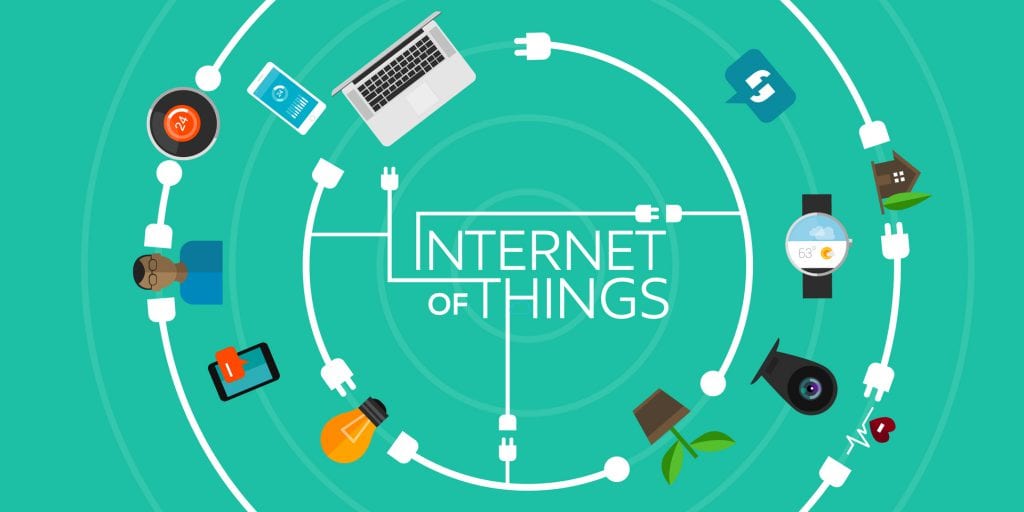The finance and payments industry is facing enormous changes, and the work of finance professionals is on the precipice of a monumental shift. Research by NPR has shown that accounting processes have a 93% chance of becoming almost entirely automated within the next two decades – with payments playing a major part in this.
While many accountants and payments professionals should be conscious of this transformation, there is no reason why this should be feared. Just as the auto-pilot has not replaced pilots, this new wave of innovation in accounting technology is designed to assist accounting professionals, not totally replace them.
It’s important to note that while the accounting profession has embraced technology in the past few decades, the work itself has seen limited gains in process automation, outside of digitization of data. Within the past fifty years, accountants and payment professionals’ roles have become dominated by the abundance of laborious, manual and menial tasks. With the arrival of Enterprise Process Robotics software, finance and payment professionals can finally get back to what they were trained to do – strategic analysis and supporting financial business decisions.
The new wave of Process Robotics, often referred to as software “robotics”, works by simply doing the repeatable, manual and rule-based tasks using data that exists within different applications.
Functionally, software robotics removes the siloes between various processes, and allows an entire workflow such as invoicing, billing management and payment management, end-of-year financial close, or even audit trails to be handled in one, centralized process.
Many companies have adopted great Enterprise Process Robotics systems that promise to streamline manual tasks such as completing the invoice process or manage data entry to make financial professionals’ lives easier. Instead, many of these tools often require more resources and headcount to implement, manage, run, and audit, than they effectively save in efficiency gains. Due to this, the workloads of modern day accountants and finance professionals (a profession that is no stranger to 80-hour work weeks) tends to stay the same after an ERP implementation.
Robotics offers a seismic step forward for finance professionals. Finance staff are trained to use data to make tactical recommendations to business leadership, so it is less than ideal that so much of their time is spent doing work that requires little critical thinking. Rather, the majority of time is often spent doing manual tasks, such as manually tracking and processing payments, depositing checks, and reconciling invoices.
There is no longer any reason for accountants to spend valuable time reconciling between computer systems and ledger accounts; rather robots can take it on, freeing up staff for more meaningful, strategic tasks that benefit the broader business. Robots will enable the finance professionals to switch to the 80/20 model, where 80% of time will be spent in analysis and 20% on production.
Not only does the use of robotics in the back end free up time for payments and finance professionals to make strategic decisions, it allows them to better handle those manual tasks in a way that is beneficial to all involved. For instance, large corporations’ revenue recognition process often consists of executing thousands of steps, by dozens of personnel, consuming tens of thousands of hours. But once the process robots are able to perform the manual repetitive tasks, the finance team will be able to execute the revenue recognition process more frequently and efficiently. This advancement not only saves the business time, money and resources, but improves cash position of the company and significantly reduces risk of errors.
According to the Staples Business Advantage Workplace Index, American workers are chronically overworked, and something that almost all finance staff can relate to. Nobody ever has too much time, too many resources or too much money to solve their problems. While finance professionals are hesitant to embrace this trend for fear that it is “too good to be true”, the reality is that, the automation revolution is a natural progression for the finance industry, similar to what we’ve seen in the automotive and airline industry.
This shift toward Enterprise Process Robotics is not far off, and in the next 36 months we will begin to see a significant change in the way finance teams operate their payments and reconciliation systems. Similar to the airline industry, where most flights are assisted by autopilot, process robotics will be driving the accounting processes, only stopping to notify the accountant when something is wrong, and thus freeing up time, money and resources for more innovative and strategic contributions.
